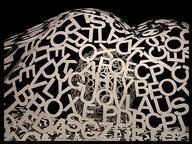Quiz Answer Key and Fun Facts
1. Give the two answers in the same order as their vowel-less names are given in the question, separated by a single space.
For example, RDM RHDM would be RADIUM RHODIUM.
---
NN XNN
2. BRM BRMN
3. HLM HLMM
4. NBM NBLM
5. THLM THLLM
6. PLNM PLTNM
(There are two possible answers here - you only need to give one of them)
7. RBM TRBM
8. NDM VNDM
9. RNM RHNM
10. SMM SMRM
Source: Author
Fifiona81
This quiz was reviewed by FunTrivia editor
spanishliz before going online.
Any errors found in FunTrivia content are routinely corrected through our feedback system.
